Discover a south indian diet plan for weight loss that’s practical, backed by real nutrition and not quick fixes.
Tired of diets that promise the world and deliver disappointment? Here’s a plan that’s actually realistic. The South Indian diet plan is built on real food, not quick fixes, millets, lentils, and fresh vegetables.
Backed by nutrition science, these ingredients are proven to improve digestion, reduce cravings, and maintain healthy metabolism. If you want results without giving up your culture or taste buds, this is your roadmap.
Why a South Indian Diet for Weight Loss Works
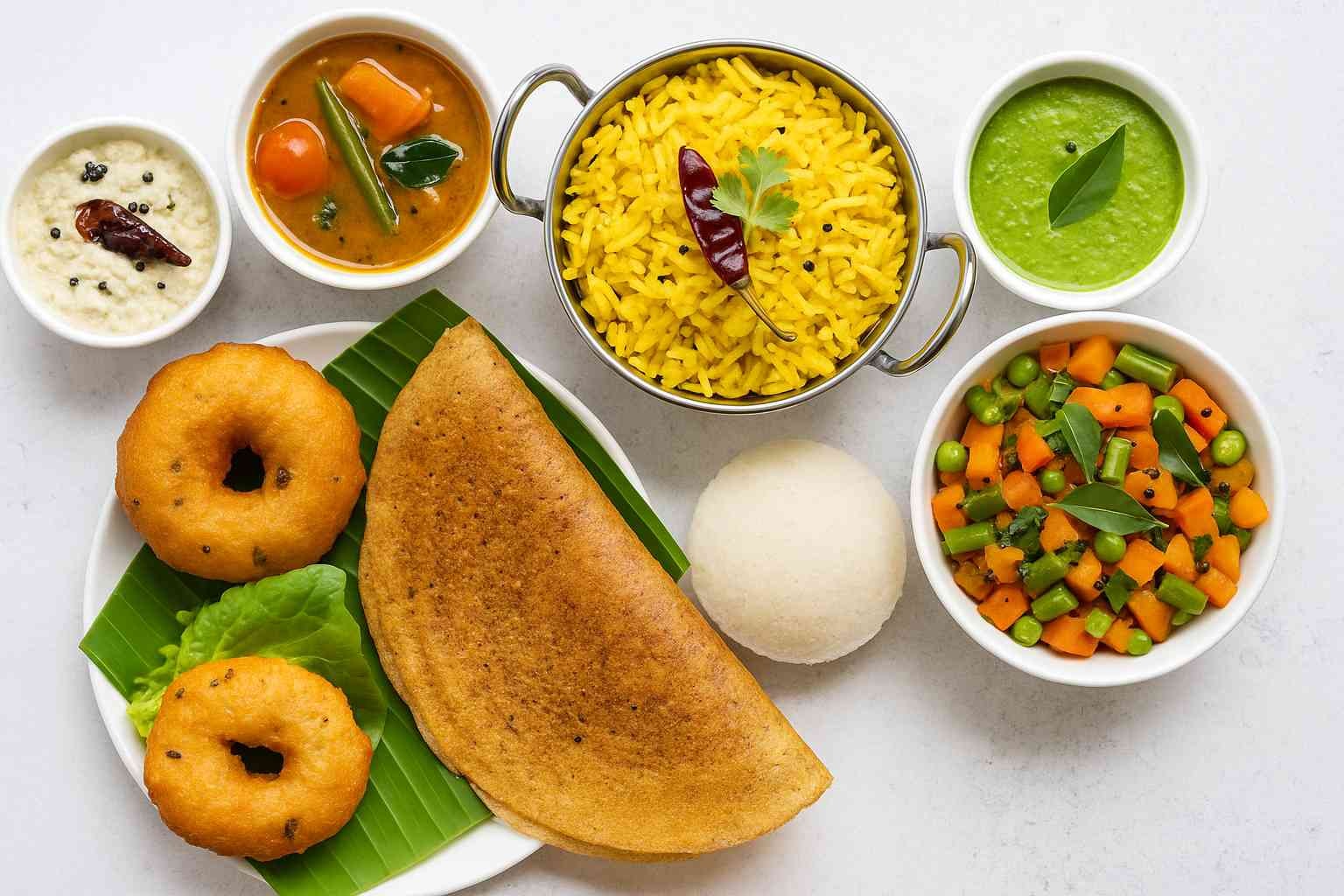
Discover how a South Indian diet for weight loss blends tradition and nutrition to create sustainable results. A South Indian diet for weight loss focuses on real food, not fads. It uses fiber-rich vegetables, and light oils to build a simple weight loss diet that’s easy to follow.
Most of these traditional food items, like dosa, sambar, and vegetable curries, are nutrient-dense, easy to digest, and made from locally available ingredients that support long-term health and steady weight loss.
A low-carb diet such as South Indian diet focusing on millets, lentils, and vegetables supports steady weight loss and better blood sugar control.
This section explains why Indian food, rooted in whole grains, lentils, and fermented food, supports healthy fats, steady metabolism, and long-term weight management without relying on crash diets
The Role of Whole Grains and Fermented Foods
Discover why staples like ragi dosa, idli, and vegetable poha are ideal for digestion and gut health. Learn how fermented foods, whole grains, and minimal oil cooking methods aid digestion and provide more fiber for lasting fullness.
-
Whole grains like brown rice and millets keep your energy steady throughout the day. Fermented foods such as dosa and idli are packed with good bacteria that help digestion and support immunity.
-
These foods also reduce cravings, making your weight loss diet easier to follow. Try replacing white rice with millets a few days a week, you’ll feel lighter and more active.
How Traditional South Indian Cuisine Encourages Mindful Eating Habits
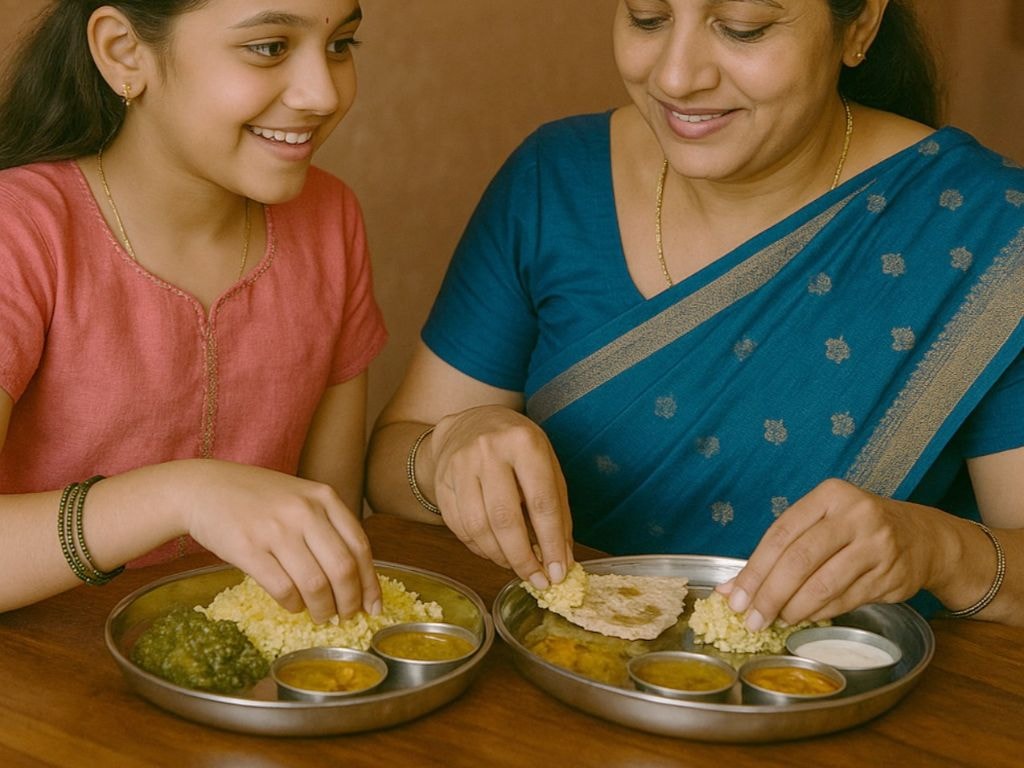
Find out how traditional South Indian foods and mindful portioning help you eat consciously. From using banana leaves to savoring coconut chutney and tomato rasam, learn how these habits naturally support a healthy diet and prevent overeating.
-
In most homes, eating slowly and enjoying every bite is part of the culture. That’s mindful eating in action. Having sides like tomato chutney or curd lets you add flavor without extra calories.
-
Simple meals with whole grains, vegetables, and light oils encourage balance and make the South Indian diet plan for weight loss easy to stick with long-term.
So yes, you can still love your dosa and lose weight without feeling deprived.
Building Your Personalized South Indian Diet to Lose Weight Easily

Crafting a personalized South Indian diet means adapting traditional Indian food to your lifestyle.
Learn how to create a sustainable rhythm that supports sustainable weight loss and long-term weight management without sacrificing taste or culture.
It’s about small, consistent changes, not deprivation, that align with your routine and family meals.
1. Setting Realistic Fitness Goals
Before starting your diet plan for weight loss, understand your calorie needs, fitness goals, and preferred foods. This helps you design a plan you’ll actually stick to, built around balanced portions, fresh fruits, and vegetables you already love.
-
Use a calorie calculator or ask a nutritionist for your daily calorie target.
-
Focus on consistency instead of fast results.
-
Fill your plate with vegetables, whole grains, and lean protein like lentils or eggs.
-
Keep a small food journal to track what works for your weight loss diet.
2. Morning Routine: Lemon Juice, Green Tea, and Whole Grains
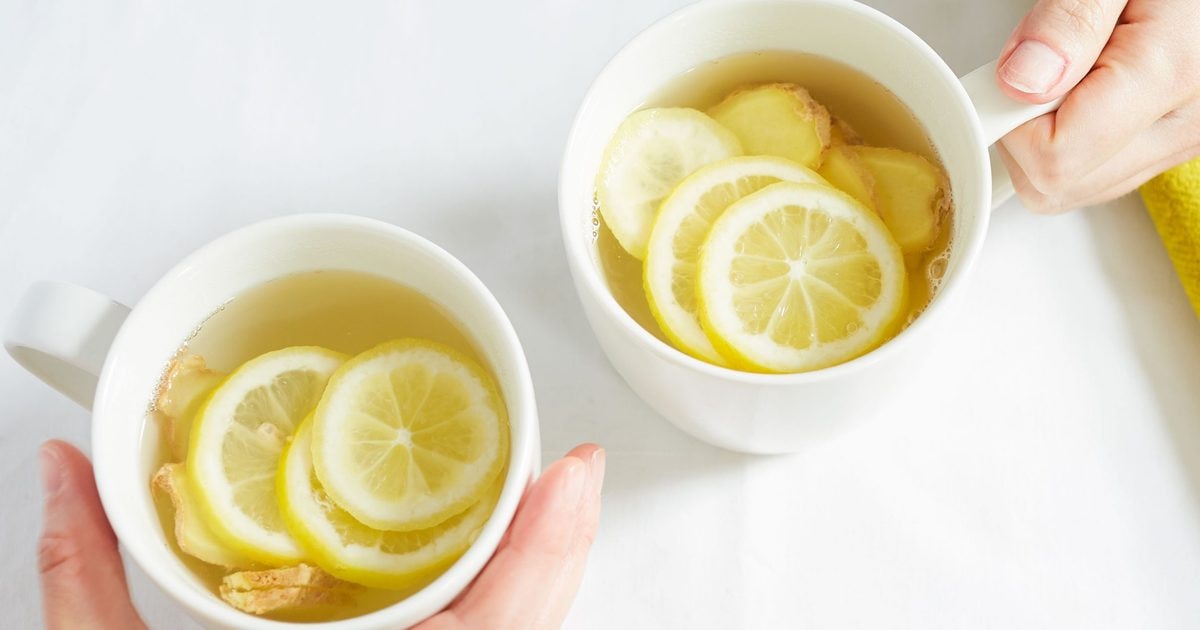
Start your day right with lemon juice, green tea, or a warm water detox. Combine it with ragi dosa or oats for a wholesome, low-fat breakfast that boosts metabolism and sets a positive tone for your weight loss plan.
-
Green tea supports fat burning and hydration.
-
Whole grains give you steady energy through the morning.
-
Add a spoon of coconut chutney or tomato chutney for flavor and gut-friendly probiotics.
-
Avoid skipping breakfast; it slows metabolism.
3. Curd Lunches and Portion-Controlled Plates
A balanced curd lunch rich in vegetables and whole grains keeps energy steady and supports digestion. Learn how portion control can dramatically improve satiety and better weight management.
-
Swap white rice for brown rice or millets two to three days a week.
-
Add protein sources like dal, tofu, or grilled fish.
-
Practice portion control by using smaller plates.
-
Enjoy light sides such as tomato rasam or vegetable biryani cooked in olive oil.
According to India’s National Institute of Nutrition, switching to whole grains can lower calorie intake by up to 12% daily while improving gut health.
4. Smart Evening Snacks and Light Dinners
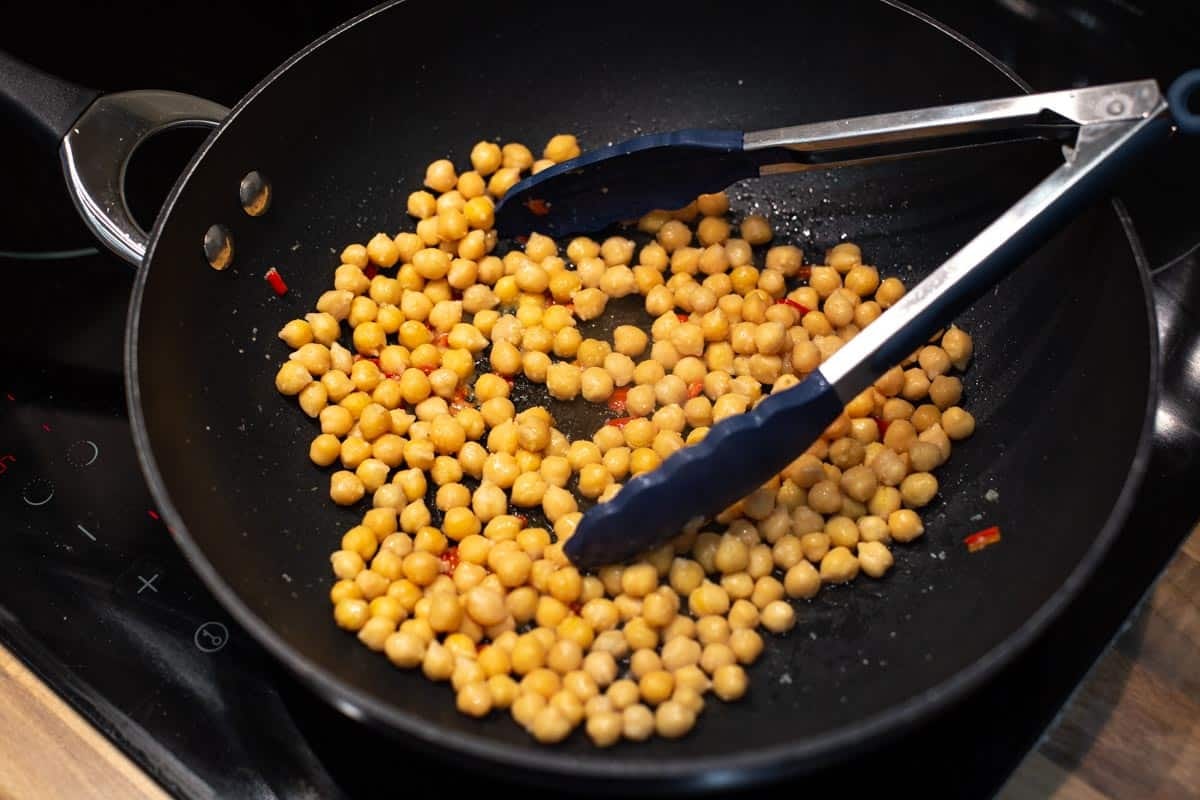
Instead of fried snacks, try roasted chickpeas, stir-fried vegetables, or a bowl of green pea soup. Light dinners with vegetable biryani made in sesame oil or olive oil ensure steady progress without feeling deprived. Finish eating at least two hours before bed to improve weight management and sleep.
Once your daily rhythm feels balanced, it’s useful to see how this local approach compares with other global healthy eating models.
“Struggling to build a diet that fits your taste and schedule? Let My Balance Bite create your custom South Indian diet chart for steady weight loss.”
Comparing the South Indian Diet with the Mediterranean Diet for Weight Loss
Now that you know how to plan your daily meals, let’s see how the South Indian diet compares to another globally respected eating style, the Mediterranean diet.
Both emphasize fresh vegetables, healthy fats, and whole grains for better heart health and long-term fat loss.
South Indian Diet vs Mediterranean Diet for Weight Loss
| Aspect | South Indian Diet | Mediterranean Diet | Weight Loss Insight |
|---|---|---|---|
| Core Focus | Traditional rice-, lentil-, and spice-based meals. | Whole foods, olive oil, fish, and veggies. | Both rely on natural, unprocessed foods. |
| Main Fats | Coconut oil, ghee. | Olive oil, nuts. | Olive oil supports heart health; coconut oil boosts metabolism. |
| Carbs & Grains | Rice, millets, idli, dosa. | Whole wheat, oats, brown rice. | Whole grains aid steady energy and fat burn. |
| Protein Sources | Lentils, legumes, fish. | Fish, eggs, poultry, yogurt. | Balanced protein helps retain muscle. |
| Veggies & Fruits | Local vegetables, tropical fruits. | Leafy greens, tomatoes, berries. | Both rich in fiber and antioxidants. |
| Fermented Foods | Idli, dosa, curd. | Yogurt, kefir, sourdough. | Supports gut health and digestion. |
| Heart Health | Plant-based, low in LDL cholesterol. | Proven to reduce heart disease risk. | Both improve heart and metabolic health. |
| Weight Loss Potential | Effective with portion control. | Strong scientific backing. | Mixing both styles gives best results. |
Understanding these shared principles helps you combine the best of both worlds, the comfort of South Indian cooking and the evidence-backed benefits of the Mediterranean approach.
How to Adjust Calories & Macros for Better Weight Management

Balancing calories and macros is the foundation of a healthy diet and successful weight loss. Many people focus only on calories, but enough protein, fiber-rich vegetables, and good fats are what truly drive progress.
1. Start with your calorie baseline
Understand your daily needs and avoid calorie-dense or processed foods. Swap sugary Indian food snacks for nutrient-rich vegetables and balanced south indian meals that promote steady weight loss.
2. Balance macros smartly
Pair whole grains with enough protein from dals, eggs, or fish. Add healthy fats such as groundnut oil or olive oil to aid digestion and support sustainable weight loss.
-
Add curry leaves or mustard seeds for flavor and antioxidants.
-
Limit refined grains and processed foods.
“Unsure how much protein or carbs you really need? My Balance Bite helps you calculate calories and macros suited to your body goals.”
3. Prioritize protein intake
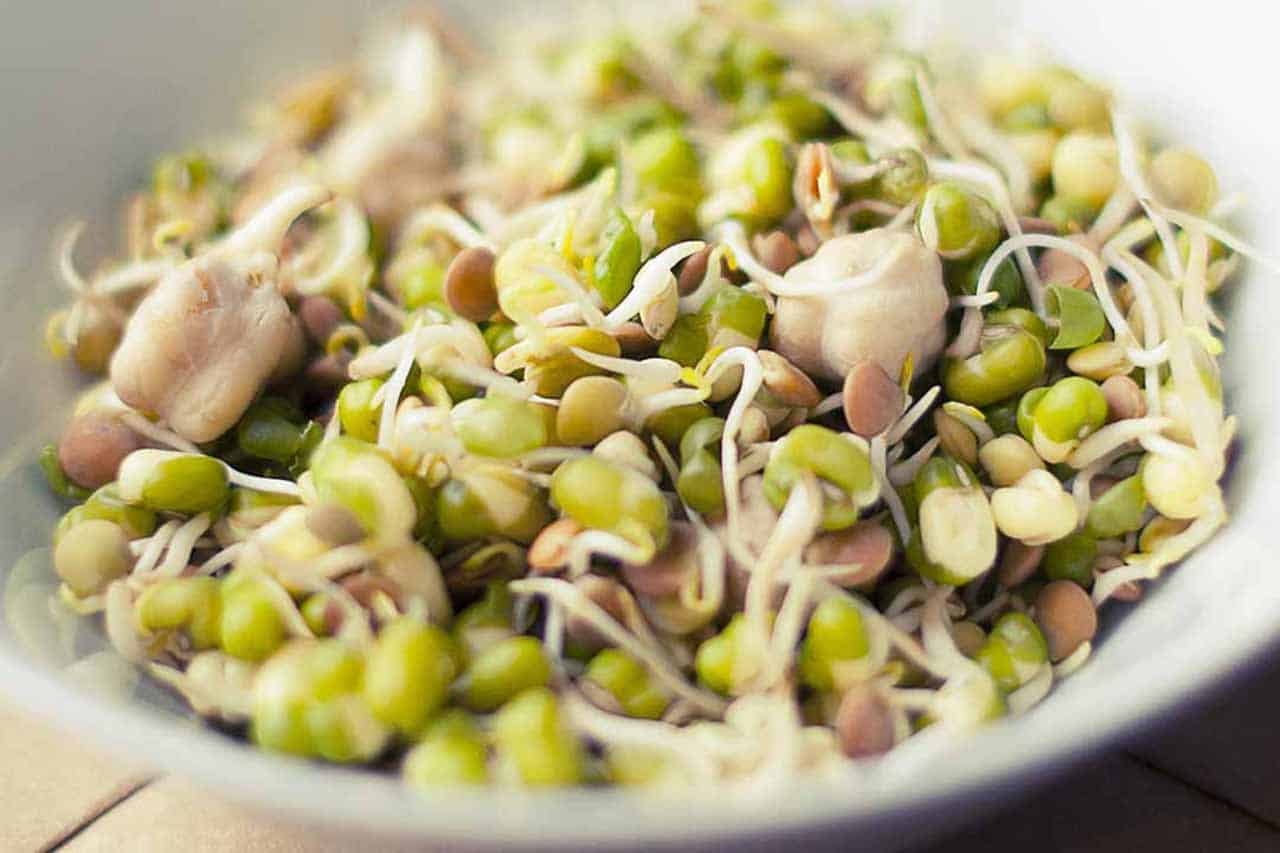
Getting enough protein helps prevent weight gain and keeps you full for longer. Include lentils, sprouts, or light non-vegetarian curries seasoned with curry leaves for a balanced, healthy diet.
-
Combine protein with vegetables for better digestion.
-
Including more non-starchy vegetables like spinach, bottle gourd, and beans helps you feel full without extra carbs.
-
Avoid heavy gravies made with too much oil or cream.
4. Don’t fear fat, but choose it wisely
Good fats are key to weight management. Cook with olive oil, sesame oil, or groundnut oil, and avoid deep-fried snacks or heavy ghee-based south indian foods.
-
Roast snacks instead of frying.
-
Add a small spoon of coconut chutney or tomato chutney for flavor instead of creamy sauces.
5. Distribute calories evenly
Spread your meals through the day, include a light mid-morning snack like fruits, and an evening snack such as roasted chickpeas or green peas. This keeps blood sugar steady and curbs cravings naturally.
6. Hydrate and aid digestion
Support digestion with lemon juice or green tea between meals. Add bottle gourd and fiber-rich vegetables to your diet plan to stay hydrated and energized while you lose weight sustainably.
-
Drink at least 2–2.5 liters of water daily.
-
Limit sugary drinks and sodas.
Once your nutritional balance feels right, it’s time to make your daily routine effortless with smart meal prep.
Meal Prep Tips, Shopping List & Practical Daily Routine
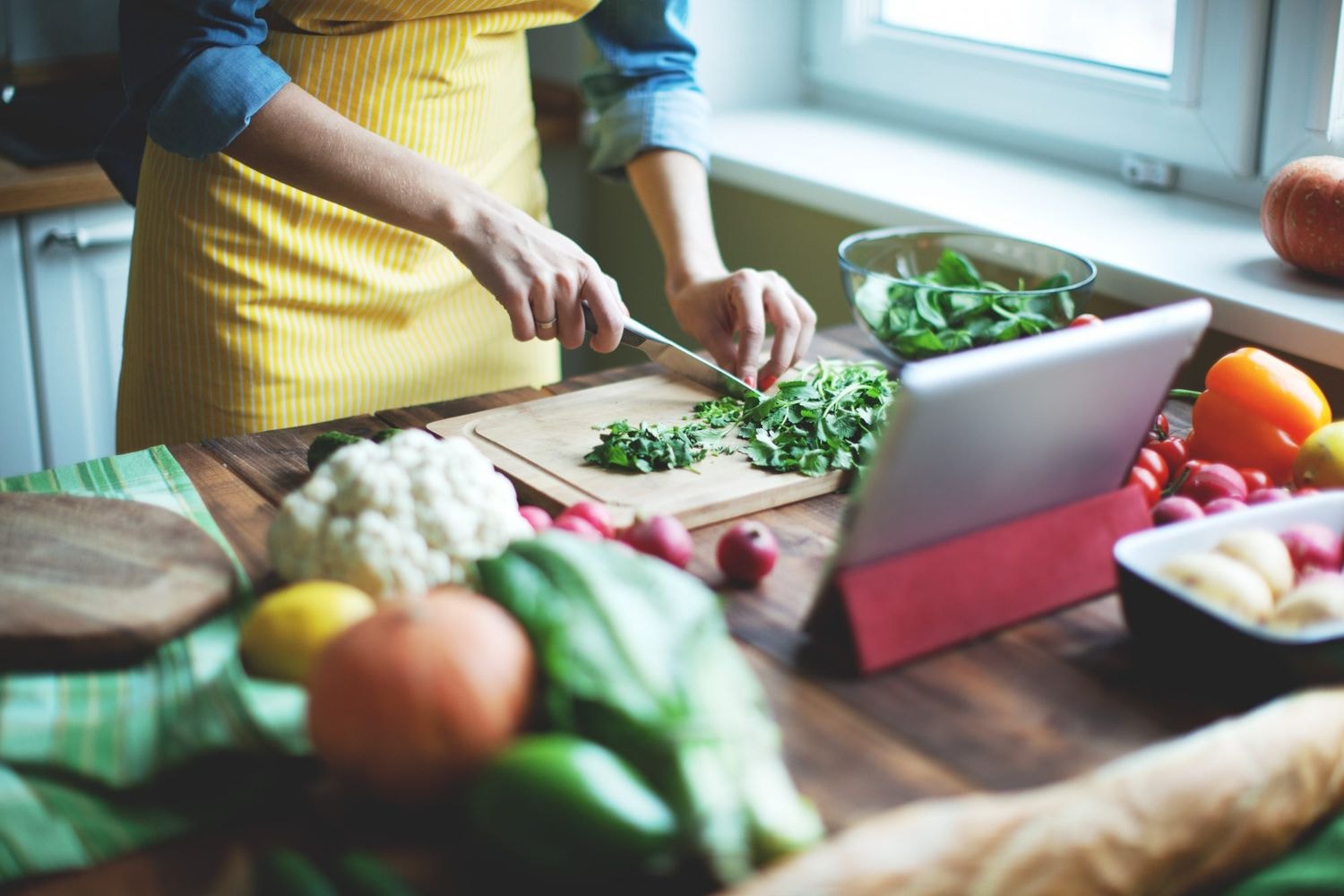
Consistency is the secret to success in any South Indian diet plan for weight loss. Smart planning helps you enjoy flavorful south indian meals daily without stress. Start with a well-structured shopping list and efficient prep routine.
Here’s how to stay consistent and motivated:
1. Plan your week around local staples
Build your South Indian diet around familiar foods, millets, and vegetables. A well-planned south indian meal ensures consistency and easy adherence to your weight loss journey.
-
Write down the local staples you enjoy: brown rice, millets, and vegetables.
-
Rotate dishes like ragi dosa, vegetable poha, and tomato rasam through the week.
-
Use healthy fats such as olive oil or groundnut oil to cook instead of refined oils.
-
Fix a simple 7-day plan so you don’t waste time deciding daily.
2. Create a smart shopping list
Add wholesome items like mustard seeds, curry leaves, bottle gourd, and lentils. Avoid processed foods and refined grains; instead, shop for ingredients that make healthy, weight-loss-friendly dishes. Stock up on fruits, whole grains, and fermented foods like curd.
-
List must-have ingredients.
-
Shop from local markets or vendors where you get fresh produce.
-
Skip processed foods and refined grains that add extra calories.
-
Buy in smaller quantities so food stays fresh and you avoid overeating.
3. Batch-cook staples for the week
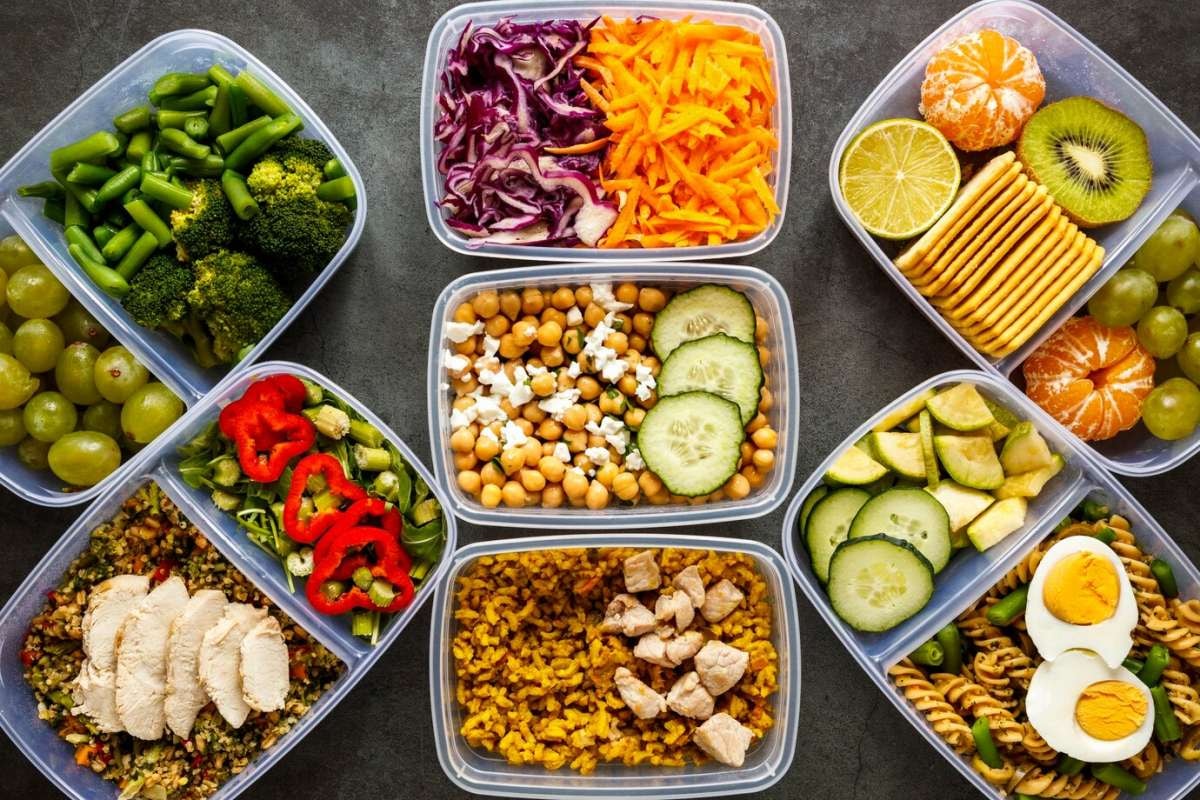
Prepare tomato rasam, sambar, or vegetable biryani ahead of time using minimal oil. Batch cooking helps maintain portion control and makes it easier to avoid deep-fried or calorie-dense alternatives.
-
Pick a weekend day to prepare tomato rasam, sambar, or vegetable biryani using minimal oil.
-
Store them in small airtight containers for quick meals.
-
Cook once, but portion for three to four meals.
-
Reheat and pair with sides like coconut chutney or tomato chutney.
4. Portion control is key
Even healthy food can add calories if portions are too large. Use small plates and measure servings of brown rice or white rice to stay aligned with your indian diet for weight goals.
-
Use smaller plates to visually limit portion size.
-
Measure brown rice or white rice before cooking.
-
Follow the “half-plate method”: half vegetables, one-quarter whole grains, one-quarter protein.
-
Stop eating when you feel 80% full, not stuffed.
5. Prep condiments mindfully
Make homemade chutneys like coconut chutney, mint chutney, or tomato chutney in small batches using groundnut oil. These flavor-packed sides elevate your south indian foods while keeping meals light.
-
Make small batches of coconut chutney, mint chutney, or tomato chutney using groundnut oil.
-
Avoid store-bought sauces that are high in sugar or salt.
-
Use a small spoon to serve it keeps portions light and controlled.
-
Refrigerate extra chutney to use for up to 2–3 days.
6. Stick to a consistent meal schedule
Regular daily meals improve metabolism and digestion. Eat breakfast by 8 AM, curd lunch by 1 PM, and a light dinner before 8 PM for weight management.
-
Eat breakfast by 8 AM to boost your energy early.
-
Have your curd lunch by 1 PM for steady energy.
-
Enjoy a light evening snack around 5 PM to avoid overeating at dinner.
-
Finish dinner by 8 PM for better sleep and weight management.
7. Prep smart snacks
Keep handy options like roasted chickpeas, green peas, or fresh fruits for mid-morning snack or evening snack breaks. These weight-loss-friendly bites curb hunger and prevent weight gain naturally.
-
Make small curd bowls with cucumber or bottle gourd for quick refreshment.
-
Carry them in reusable containers when traveling or working.
Once meal prep becomes a routine, your diet shifts from effort to habit, and that’s where true results begin.
“Turn your healthy intentions into action. Download weekly grocery lists and prep guides from My Balance Bite to simplify your South Indian diet routine.”
FAQs

1. How much weight can I lose on a South Indian diet?
Most people can lose weight gradually, 2 to 4 kg a month, by focusing on south indian meals that include brown rice, vegetables, and enough protein. Avoid crash diets; long-term weight loss-friendly habits work best.
2. Is it good for non-vegetarian eaters?
Yes. A South Indian diet plan easily accommodates non-vegetarian dishes like grilled fish or chicken cooked with curry leaves and a drizzle of olive oil. These meals are packed with health benefits and support lean weight management.
3. Which South Indian food is best for weight loss?
Choose south indian foods such as vegetable biryani made with brown rice, ragi dosa, or vegetable poha. Pair with coconut chutney or mint chutney for added fiber and flavor. Avoid deep-fried snacks and processed foods to keep meals weight-loss-friendly.
4. Which daily meals are best for beginners?
Start simple: have a balanced curd lunch, light vegetables, and an evening snack like roasted chickpeas or green peas. Include a mid-morning snack for steady energy. Focus on healthy food options and avoid white rice or refined grains for weight management.
Conclusion
A South Indian diet for weight loss proves that eating healthy doesn’t mean giving up flavor. With whole grains like brown rice, fermented foods, and light cooking oils such as olive oil or groundnut oil, you can lose weight naturally while enjoying traditional Indian food.
It’s not about skipping meals, it’s about eating mindfully and maintaining portion control. When you stay consistent with your routine, weight loss becomes simple, sustainable, and delicious.




















Leave a comment
Translation missing: en.blogs.comments.discription